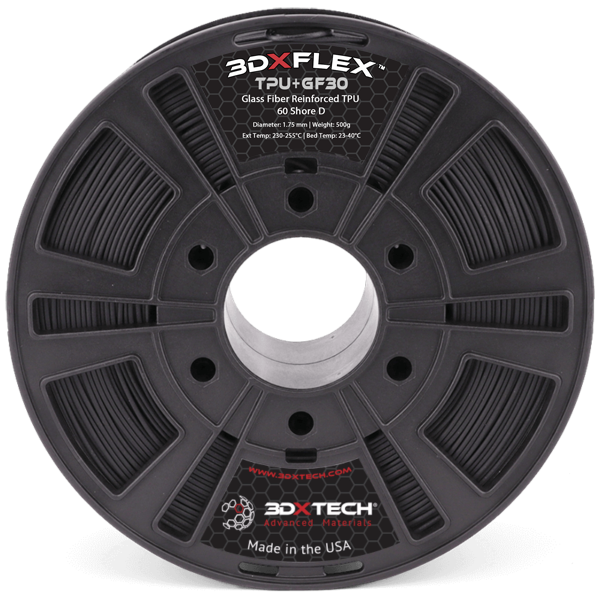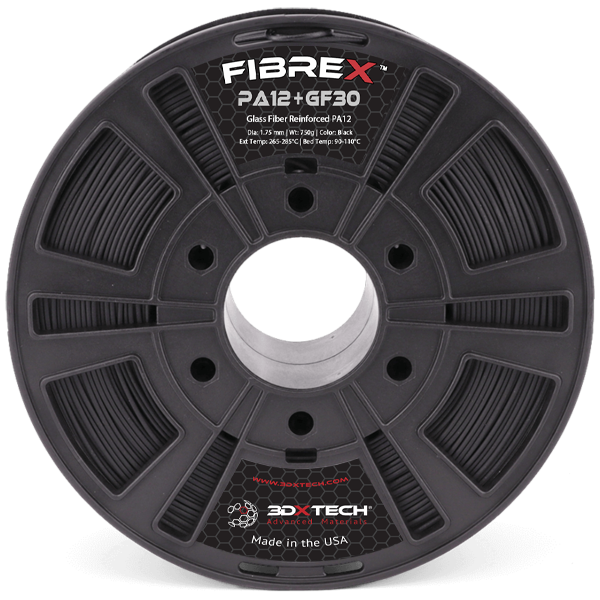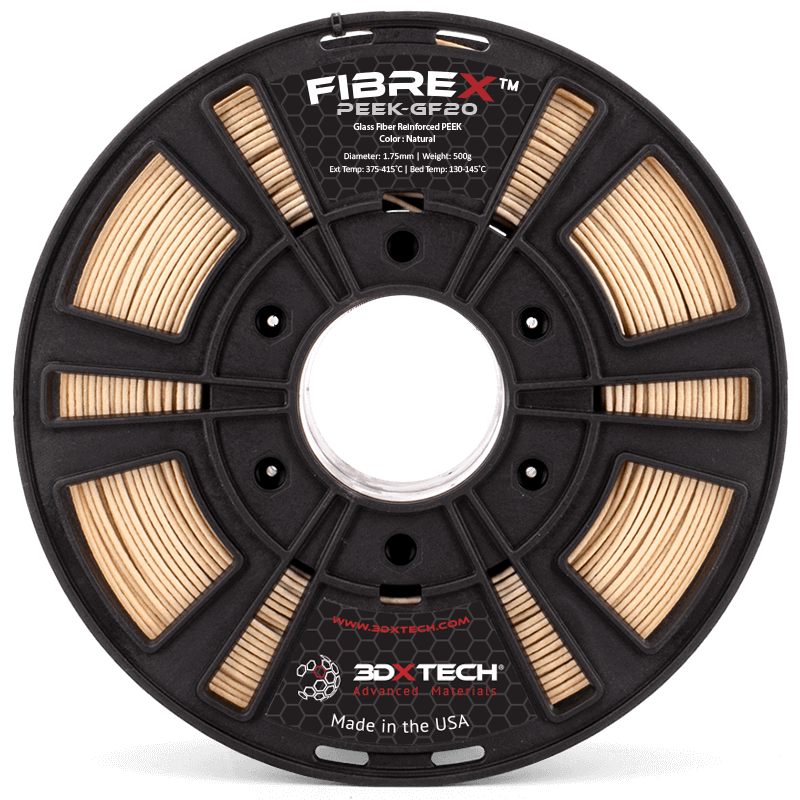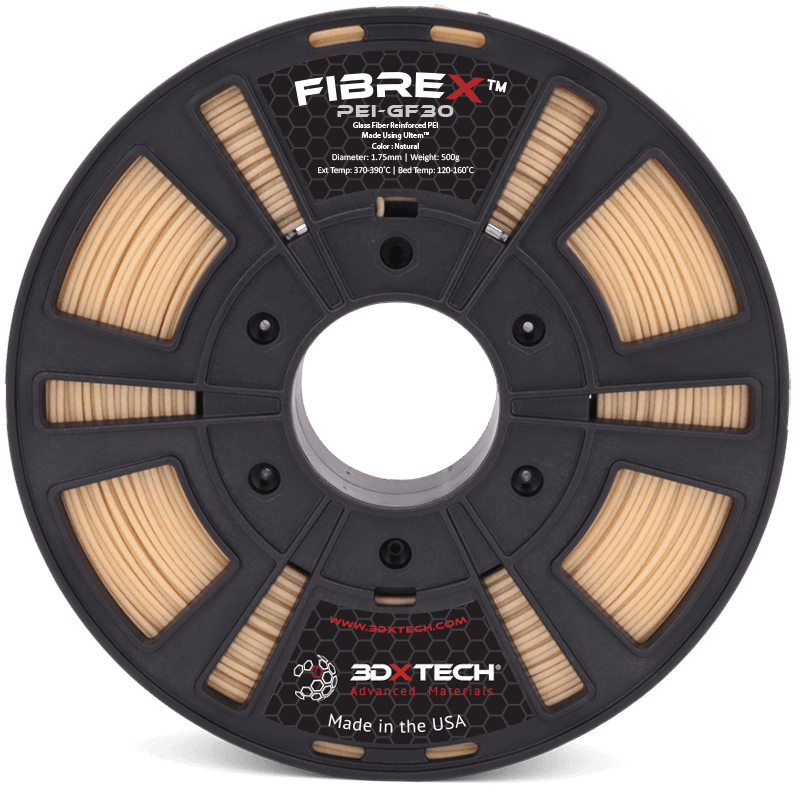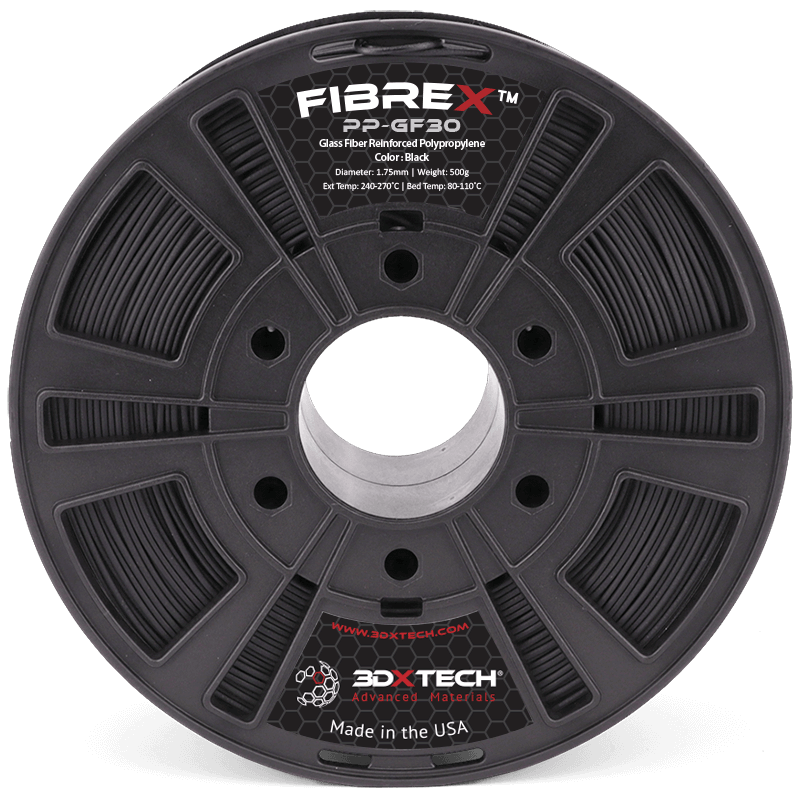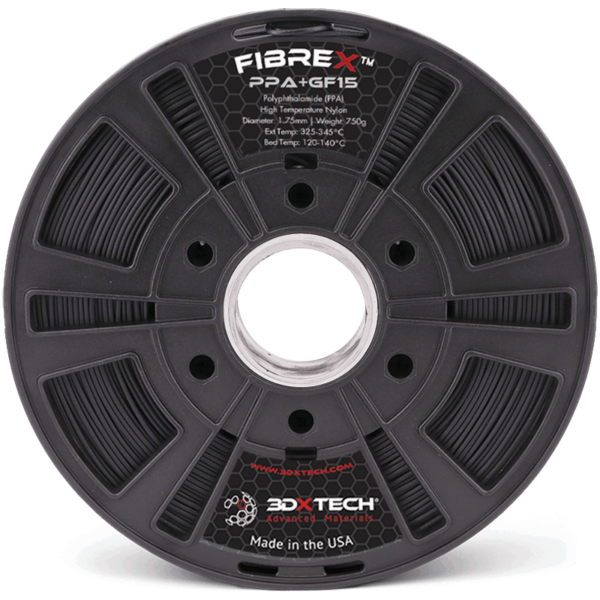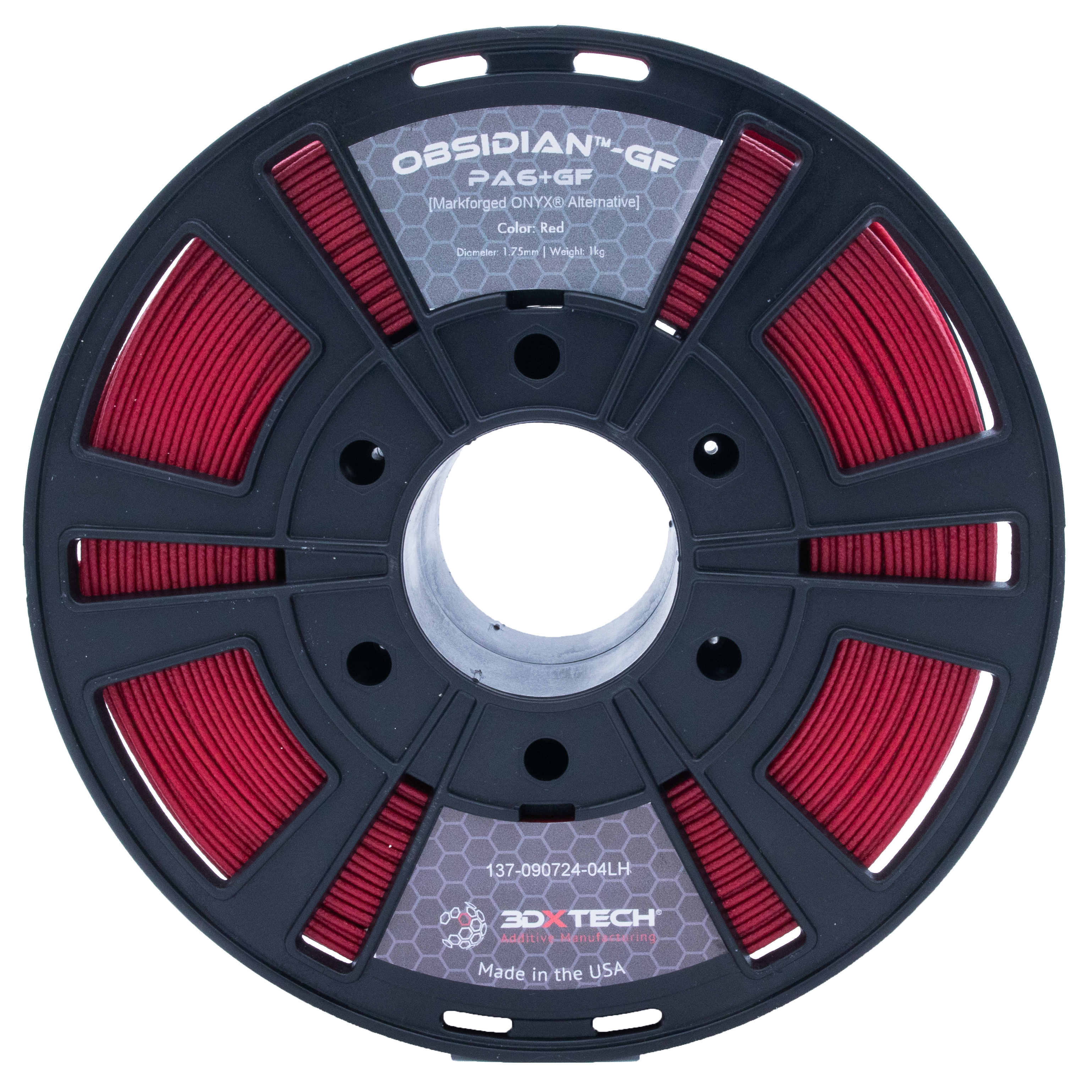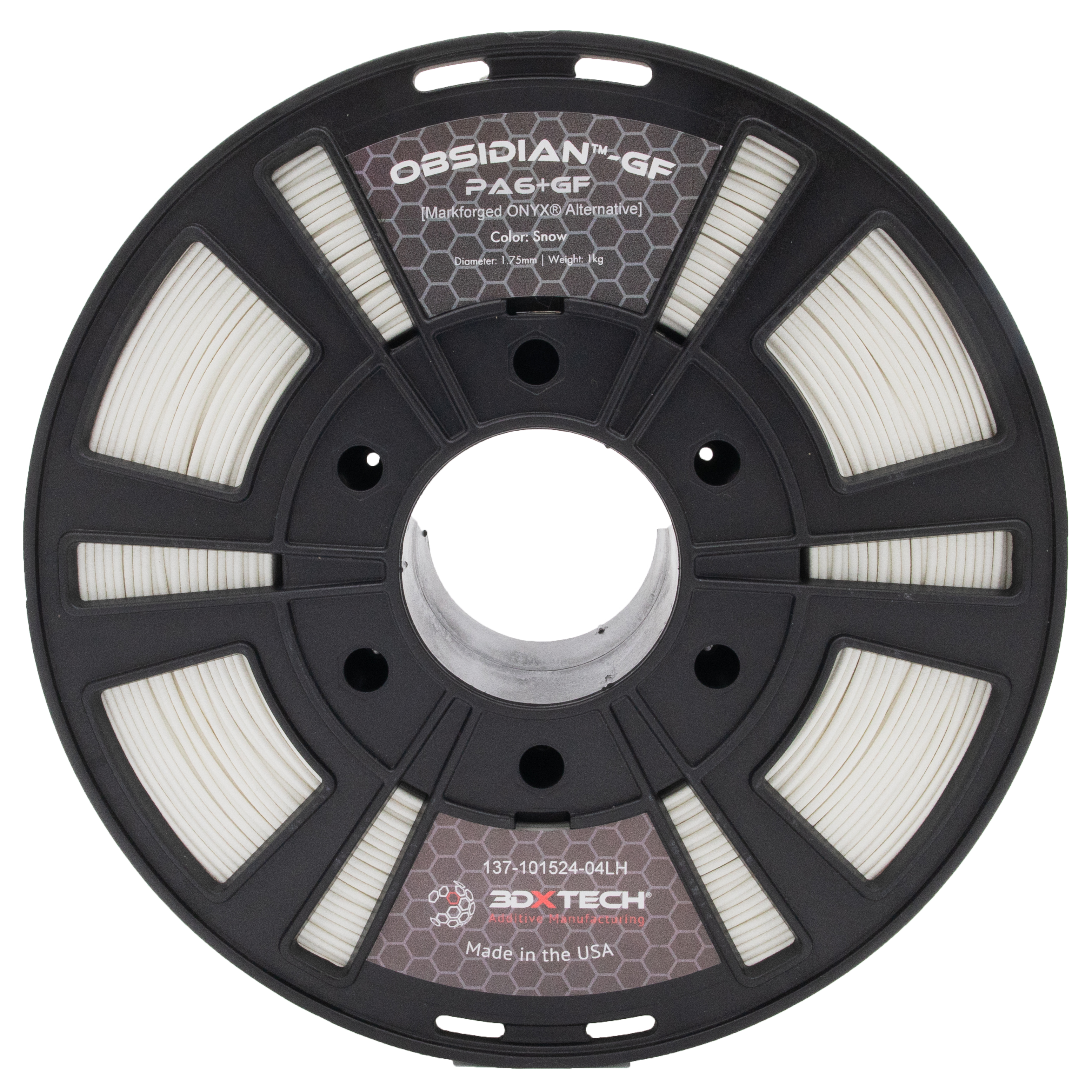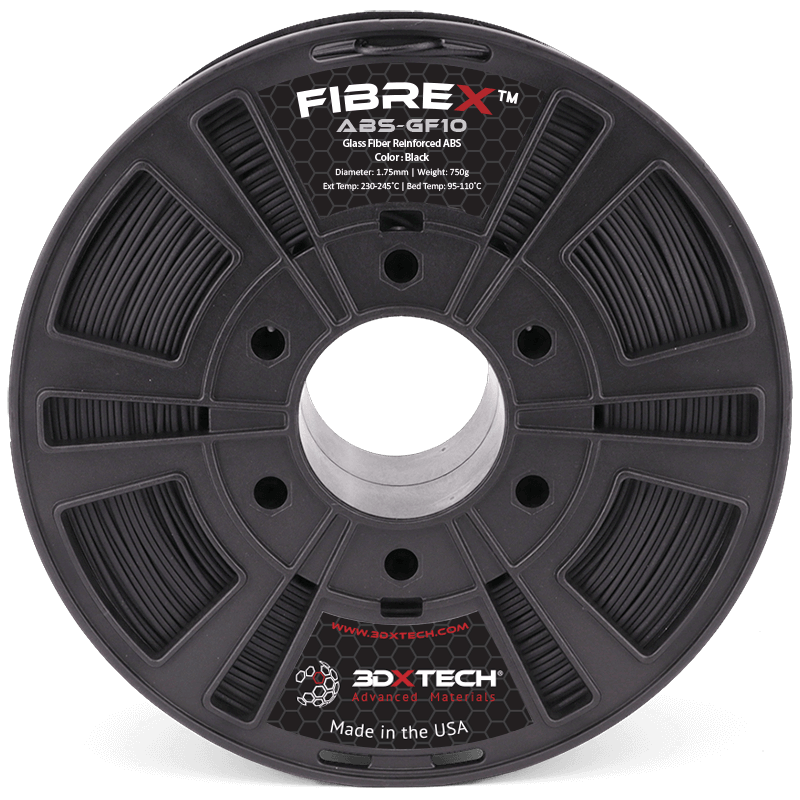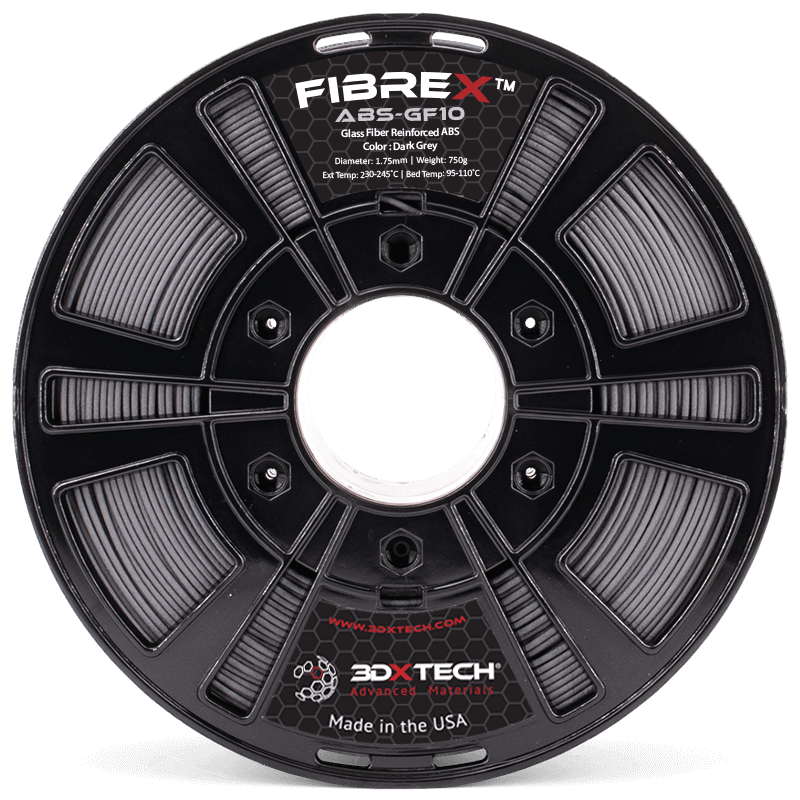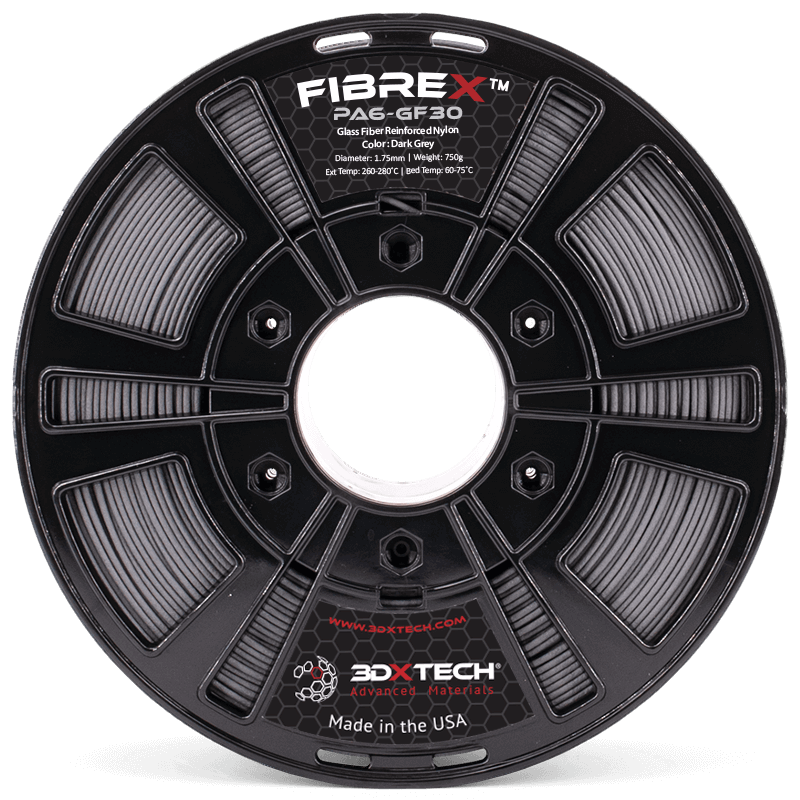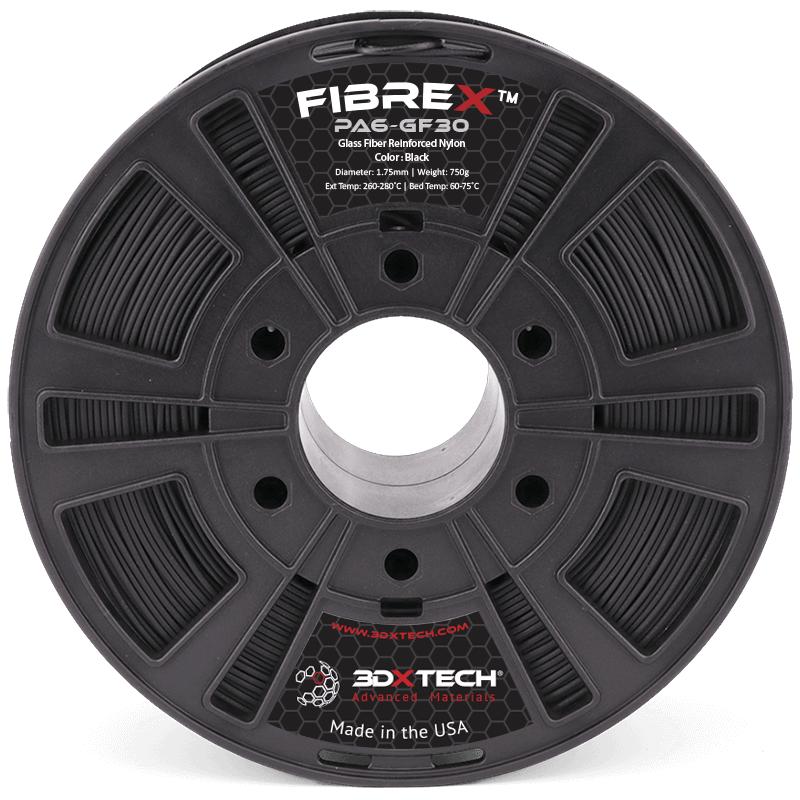Glass Fiber Filament
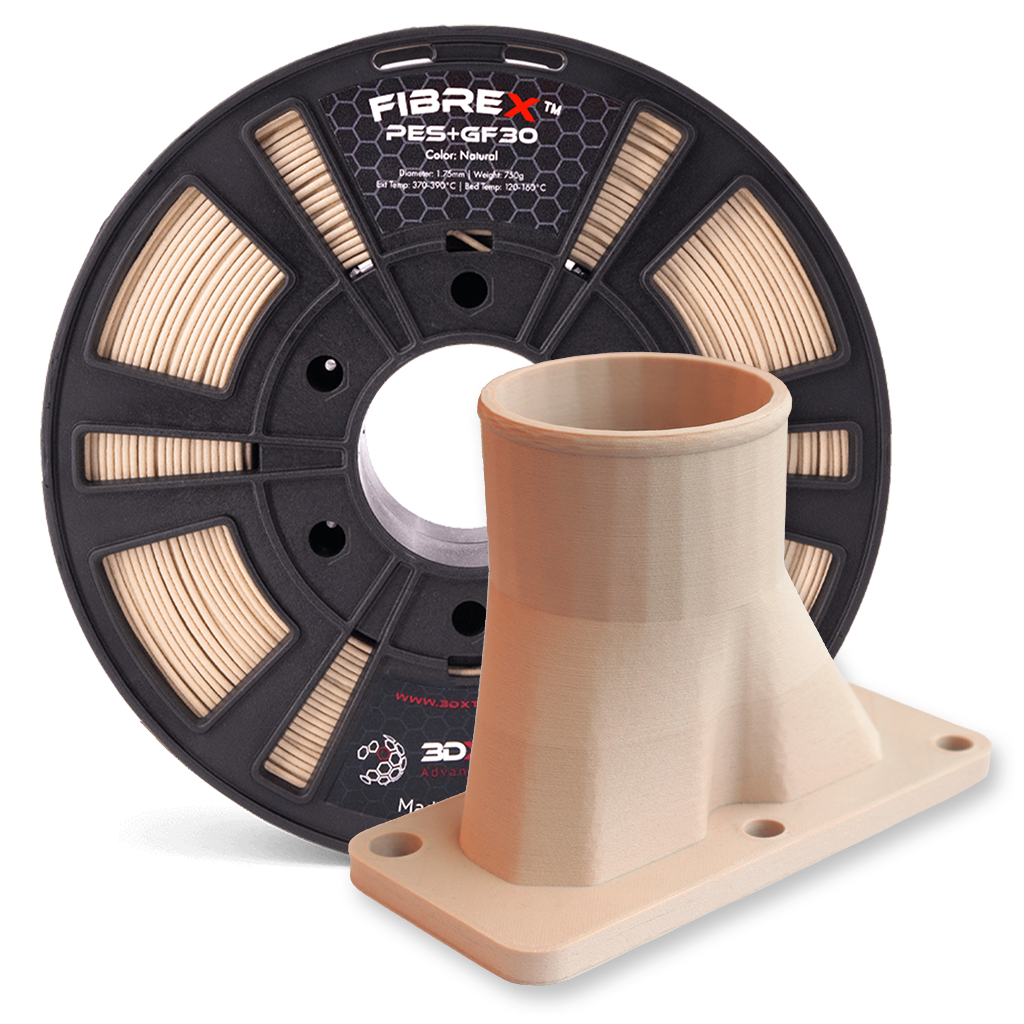
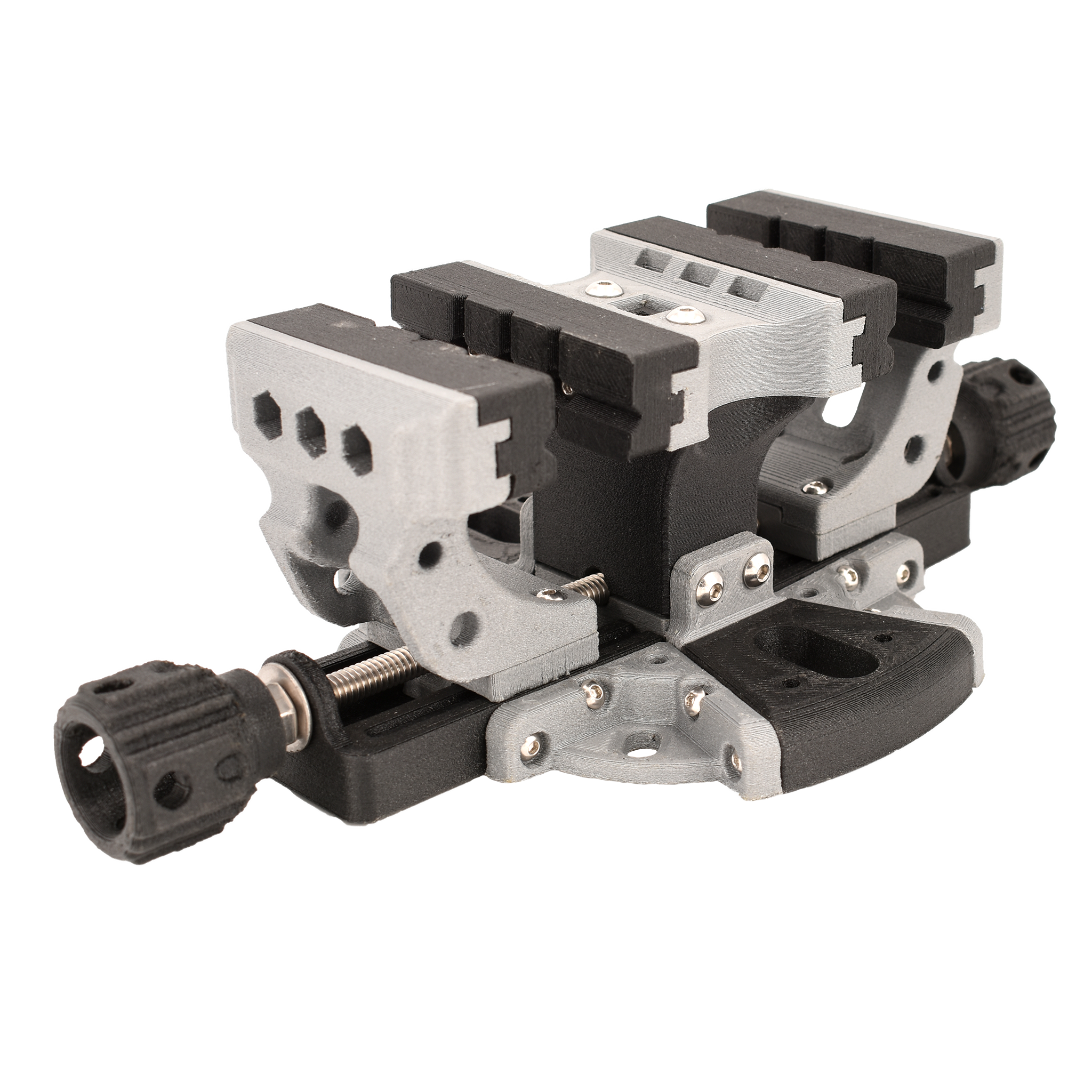
Benefits of Glass Fiber Filament
Glass fiber 3D printing materials offer enhanced strength, durability, and resistance to harsh conditions, making them ideal for industries like manufacturing, defense, and oil and gas. They provide a cost-effective, lightweight alternative to carbon fiber.
Shop Glass Fiber Filament
Applications
Tooling and Fixtures
End-Use Parts
Structural Components
Aerospace Prototyping
Durable Equipment Parts
Protective Casings
Enclosures
Mounting Brackets
Performance Parts
Automotive Parts Prototyping
Durable Components for Oil and Gas Companies
Protective Parts
Custom Medical Tools
Prosthetics
DIY Projects
Prototyping for Hobbyists
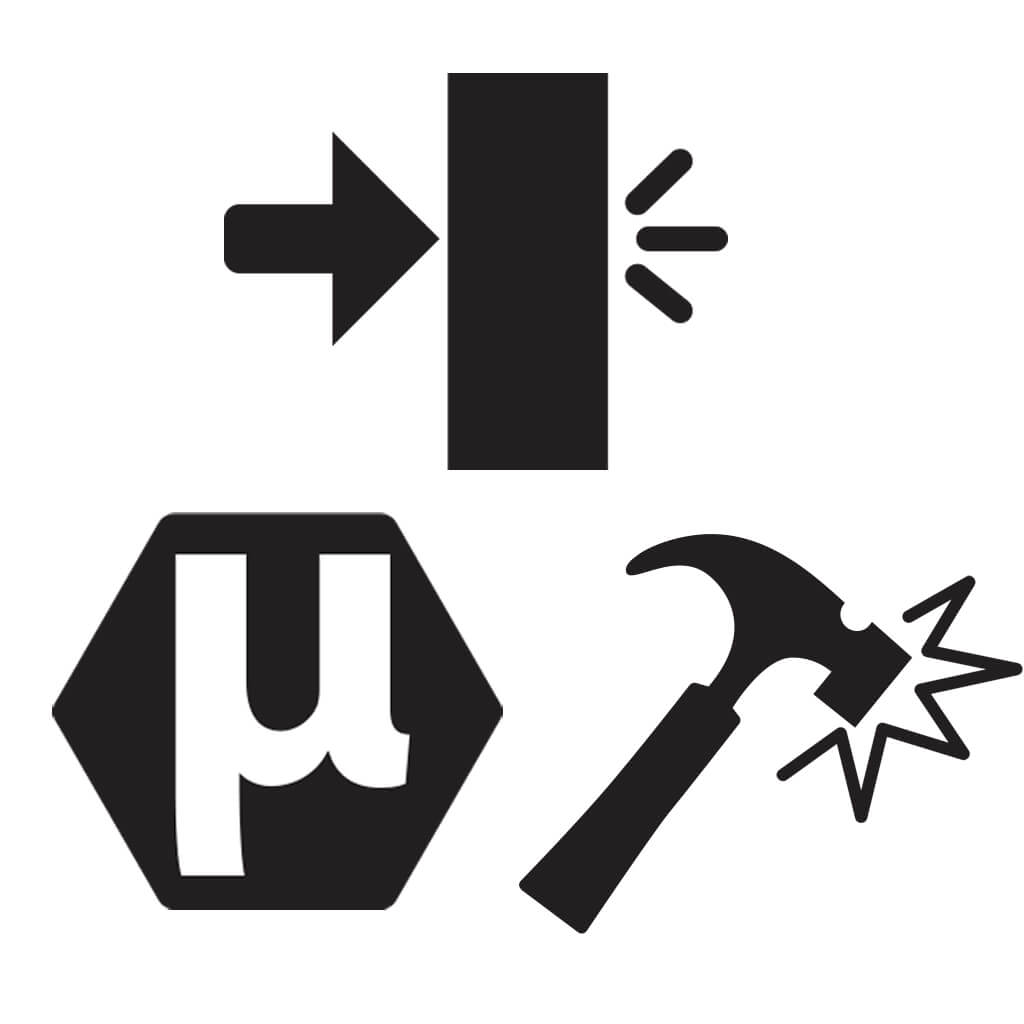
Why choose Glass Fiber over Carbon Fiber?
Choosing glass fiber over carbon fiber for 3D printing depends on several factors specific to each market's needs and constraints. Here’s why some markets might opt for glass fiber filaments instead of carbon fiber:
Glass fiber has excellent impact resistance and toughness, which can be advantageous in applications where parts are subjected to high stress or potential impacts. This makes glass fiber a good choice for rugged or heavy-duty components.
Glass fiber materials can offer good thermal stability, which is valuable in applications involving exposure to elevated temperatures. This can be crucial for components used in high-temperature environments or requiring thermal resistance.
Carbon fiber filaments are highly abrasive and can cause significant wear on 3D printer nozzles and other parts. Glass fiber filaments, while still somewhat abrasive, generally cause less wear and tear on printing equipment, leading to lower maintenance costs.
For some applications, the flexibility and impact resistance of glass fiber are more beneficial than the rigidity of carbon fiber. This makes glass fiber suitable for parts that need to absorb impacts or endure mechanical stress without cracking.
Glass fiber is often seen as a more environmentally friendly option due to its lower production costs and less intensive manufacturing process compared to carbon fiber.
